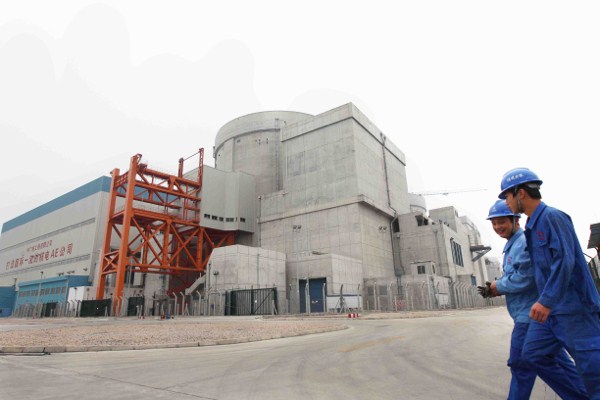As it enters middle age, the nuclear energy industry is facing a question common at this stage of life: Does it still have exciting possibilities for growth, or are its best days behind it? Optimists who see nuclear energy as an appealing low-carbon option for combating climate change praise its stability and reliability over decades of operating experience, as well as the cheapness and reliability of uranium fuel supplies. Organizations like the International Energy Agency foresee substantial increases in nuclear-generated electricity over the next few decades, with the number of nuclear plants worldwide—currently at roughly 400—perhaps doubling or tripling.
Yet, nuclear power can seem passe compared to new energy technologies such as solar, wind and shale gas. And after the 2011 Fukushima nuclear disaster in Japan, the industry’s share of global electricity generation has fallen to its lowest level in three decades as alternative sources have gained traction. Germany’s planned closing of its nuclear plants in 2022 will shutter a score more.
A complex web of factors—economic, political and technical, both within countries and globally—will determine whether nuclear energy enjoys a new lease on life or slowly limps toward the grave. They also explain the different approaches to nuclear energy on display, from the developed West to Asia and the Middle East.

